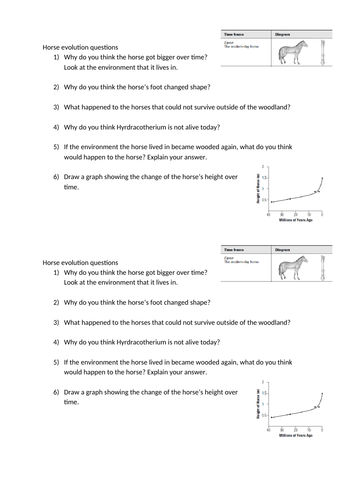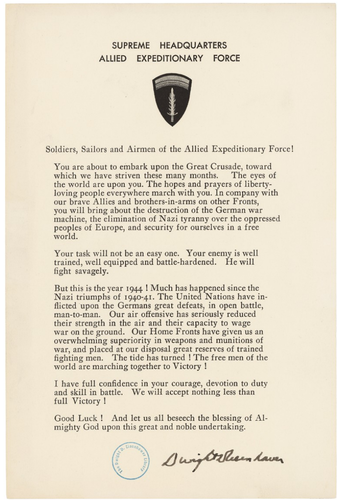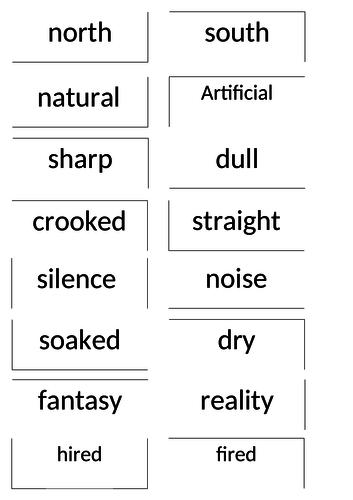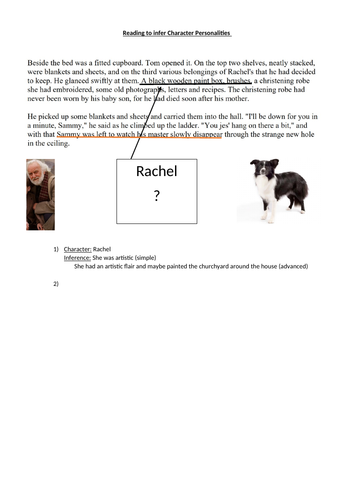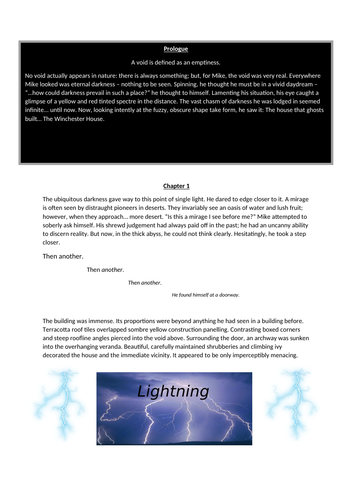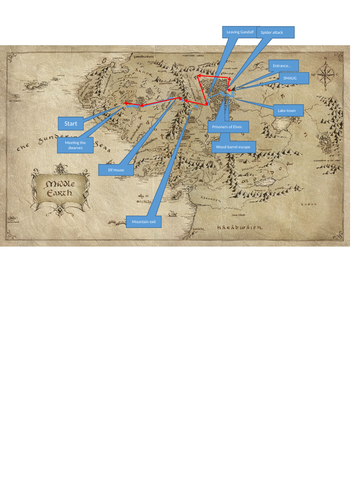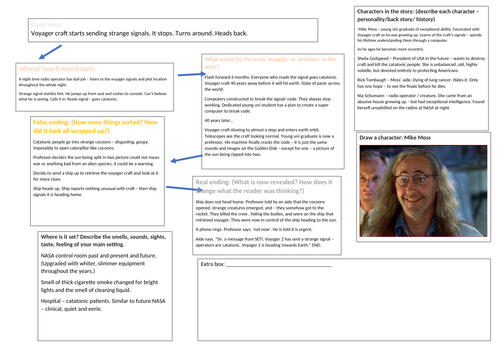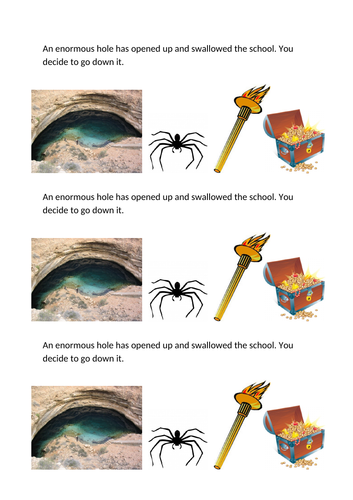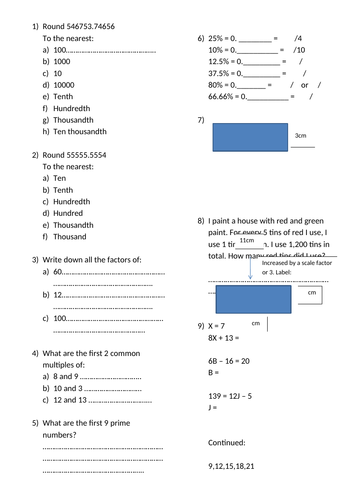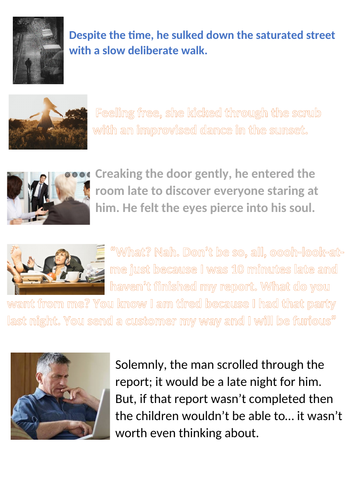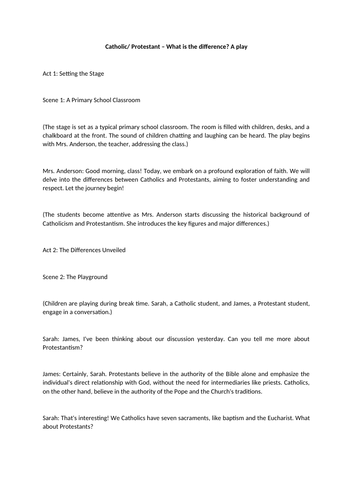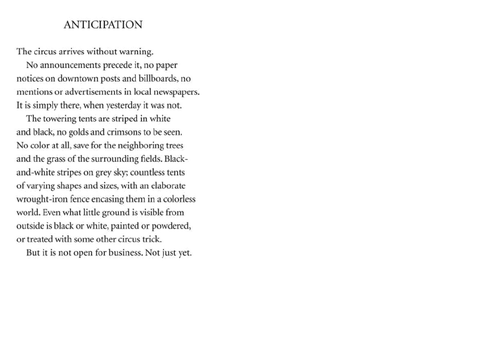The home for high-quality SATs resources
Resources are within the KS2 range. They are ideal for an NQT in KS2 as some are quite descriptive. Many resources are aimed at the Year 6 level (or Year 5) as I have had to create me own SATs resources over the years (especially since 2014). They have really helped the thousandds of children that I have seen benefit from them; I hope they help your class too.




